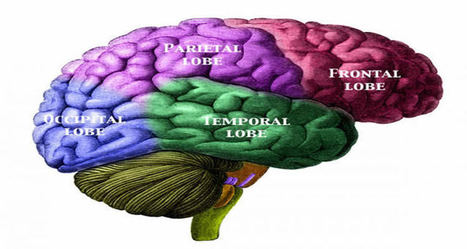Behaviour Mapping is taking psychometric testing to a more individual levelIt is scientifically underpinned and highly reliableBehaviour Mapping has many applications for L&D and HR adapting to change
...
One of the areas that has gathered incredible momentum in the last couple of years is that of neuroscience and how it is being applied in marketing, sales, leadership and performance. Although still in it’s early stages, concepts are being incorporated into our daily lives now particularly in neuromarketing, neuro-selling and decision making. One exciting concept now with us, is that of behaviour mapping, which has incorporated all the global research of neuroscientists for the past 20 years and been developed into a robust and scientifically tested online instrument. It identifies that the true origin of all behaviour is that of brain science and that true performance is the outcome of behaviour and cognitive processing.
...
Although the brain is hugely complex and we are still a long way off from understanding all its interactions fully, we are able to understand how the structure, chemical and neural pathway development individualises each of us, to demonstrate our behaviours in response to our perception of the world. This individuality can be highlighted in terms of visual maps of the employee’s underlying, adaptive and consistent behaviour preferences together with detailed reports of personal profile, benchmarking, work preference, aptitude and environment, emotional intelligence, Big 5 personality, and mental toughness.
The importance of behaviour preferences and their intensity is that research proves that if an individual is able to demonstrate these preferences in their work then they will be totally committed, engaged, motivated and perform at their optimal level. They will also enjoy the best health and wellbeing which is good news for them and the organisation.
...
So the outcome of mapping can demonstrate strategic fits between an individual and the role, environment or organisation and can be used as a starting point for further development in the strengthening of required performance behaviours and in some cases a reduction where they are shown to be overdone. No two outputs are the same. An example of behaviour mapping within recruitment and selection from 'The Psychological Bulletin Vol 96 No1', highlights that when suitability tests are added after eligibility checks the success formula rises from 14% success rate by interview alone to a high 93% if job benchmarking, work aptitude assessment and work environment matching is added.
So in conclusion as identified in the latest research, L&D departments are experiencing shifts in their responsibilities away from organisational structures that direct, plan and control, towards ones that are embracing individuality and allowing self-direction towards knowledge-based capabilities. These support performance cultures through behaviour change and assists with extra information on these individuals, as opposed to groups of individuals in certain categories.
Via
iPamba,
Miloš Bajčetić



 Your new post is loading...
Your new post is loading...









